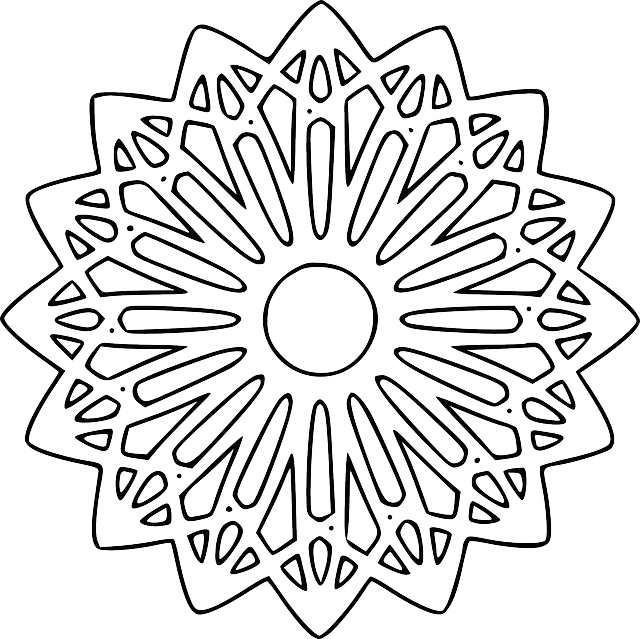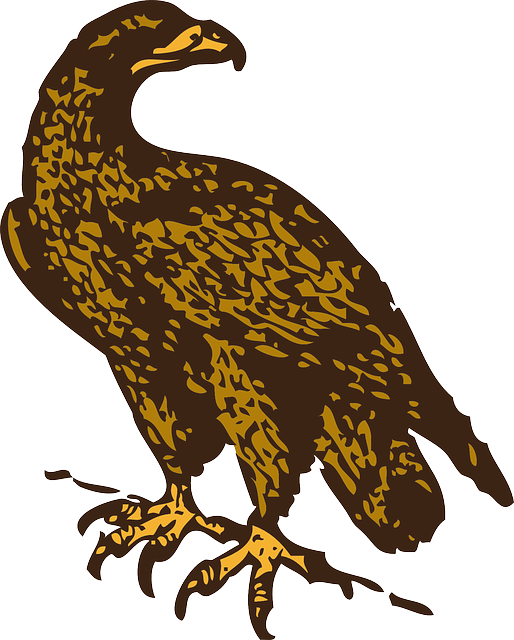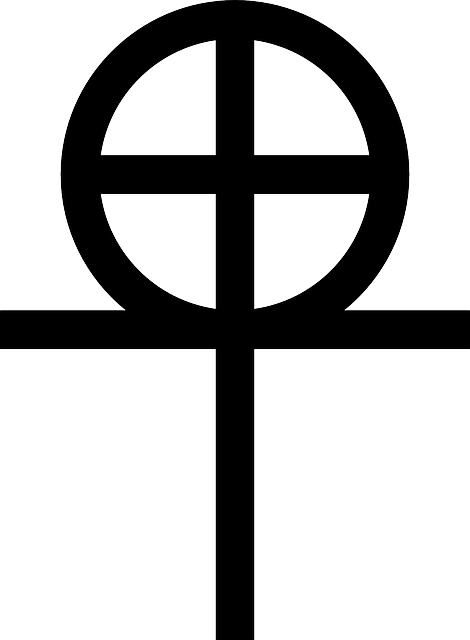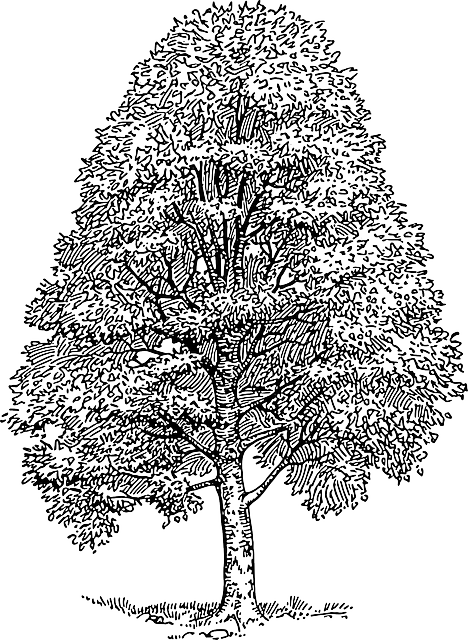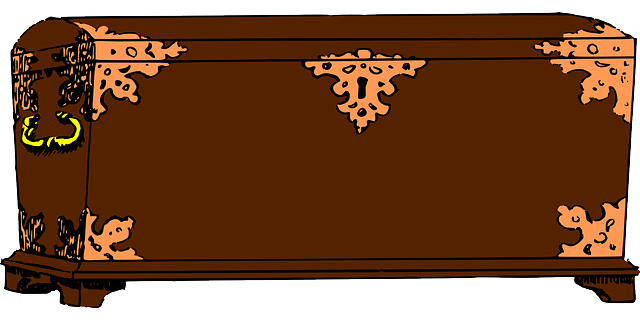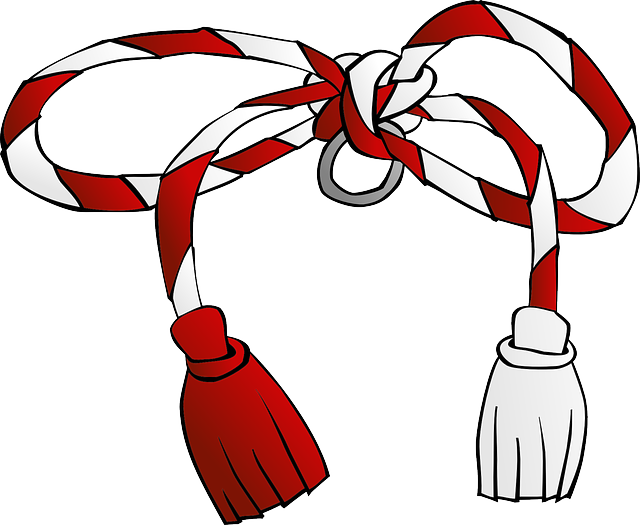الشعوب النيلية
|
الصف الأول: آلك وك • ملتون اوبوته
الصف الثاني: دانيال أراپ موي • سلڤا كير ميارديت | |
| المناطق ذات التجمعات المعتبرة | |
|---|---|
| وادي النيل، البحيرات العظمى الأفريقية، جنوب غرب إثيوپيا | |
| Languages | |
| اللغات النيلية-الصحراوية | |
| Religion | |
| ديانات تقليدية، المسيحية |
الشعوب النيلية Nilotic peoples أوالنيلوت Nilotes تشير إلى جماعات عرقية مترابطة تعيش أساساً في وادي النيل، منطقة البحيرات العظمى الأفريقية، وجنوب غرب إثيوپيا، ويتحدثون لغات نيلية، التي هي مجموعة فرعية كبيرة من اللغات النيلية-الصحراوية. ويضمون الكالنجن، اللوو، الدنكا، النوير، الشلك، الآتكر والشعوب المتحدثة بالما، وكل منهم تعبير عن عنقود من جماعات عرقية متعددة.
يشكل النيلوت غالبية السكان في جنوب السودان، وهي المنطقة التي يُعتقد أنها النقطة الأصلية التي تم منها الانتشار. كما يشكلون ثاني أكبر مجموعة من الشعوب القاطنة لمنطقة البحيرات العظمى الأفريقية (بعد شعوب البانتو)، مع وجود ملحوظ في جنوب غرب إثيوپيا . يمارس معظم النيلوت الحياة الرعوية، وتُعهد بعض القبائل بتقليد خطف الأبقار. ومثل بعض جماعات البانتو، فإن النيلوت في شرق أفريقيا اعتنقوا، عبر التفاعل، الكثير من العادات والتنطقيد من الجماعات الكوشية الجنوبية المجاورة. ومن تلك الأخيرة اعتنقوا نظام age set للتنظيم الاجتماعي، الختان، والمصطلحات المعجمية.
الاسم
The terms Nilotic and Nilote were previously used as racial sub-classifications, based on anthropological observations of the distinct body morphology of many Nilotic speakers. These perceptions were later widely discarded by 20th century social-scientists, but today they again find support in population genetics.
These terms are now foremost used to distinguish "Nilotic people" from their ethnic neighbours (mainly Bantu speaking people), based on ethnolinguistic affiliation. Etymologically, the terms Nilotic and Nilote (also spelled Nilot) derive from the وادي النيل; specifically, the Upper Nile and its tributaries, where most Sudanese Nilo-Saharan-speaking people live.
التقسيمات اللغوية والعرقية
تشكل الشعوب النيلية معظم سكان جنوب السودان. أكبر الشعوب النيلية السودانية هي الدنكا، التي تضم نحوخمس وعشرين تقسيم عرقي فرعي. ثاني أكبر جماعة هي النوير، ويليها الشلك. الشعب النيلي في أوغندا يضم لوو(أشولي، ألور وAdhola), Ateker (Teso وKaramojong), Lango وKumam.
لغوياً، فإن الشعوب النيلية تنقسم إلى ثلاث مجموعات فرعية: Eastern Nilotic, Southern Nilotic and Western Nilotic. The ethnographic division of Plain Nilotes, نيلوت المرتفعات، River Lake Nilotes corresponds to the largest tribes in the Eastern, Southern and Western group, respectively.
-
Eastern Nilotic - Spoken by Nilotic groups in southwestern Ethiopia, eastern South Sudan, northeastern أوغندا, western Kenya and northern Tanzania. Includes languages like توركانا وMaasai.
- باري (لغات)
- Teso–Lotuko–Maa
- The Maa languages, spoken by the Plain Nilotes including the Maasai, Samburu and Turkana
-
Southern Nilotic - Spoken by Nilotic groups in western Kenya, northern Tanzania and eastern Uganda. Includes Kalenjin and Datog.
- كالنجن
- Omotik–Datooga
- The Highland Nilotes: subdivided into two groups; the Kalenjin and the Datog
- Kalenjin: Elgeyo, Kipsigis, Marakwet, Nandi, Pokot, Sabaot, Terik and Tugen
- Datog: represented mainly by the Barabaig and small clusters of other Datog speakers
- The Highland Nilotes: subdivided into two groups; the Kalenjin and the Datog
-
Western Nilotic - Spoken by Nilotic groups in South Sudan, Sudan, northeastern Congo (DRC), northern Uganda, southwestern Kenya, northern Tanzania and southwestern Ethiopia. Includes الدنكا واللوو.
- دنكا–نوير
-
اللوو
- The River Lake Nilotes or Joluo (Kenyan Luo), who are part of the larger Luo group
الأصول والتاريخ
A Proto-Nilotic unity, separate from an earlier undifferentiated Eastern Sudanic unity, is assumed to have emerged by the 3rd millennium BC. The emergence of the Proto-Nilotes may have been connected with the domestication of livestock. The Eastern Sudanic unity must have been considerably earlier still, perhaps around the 5th millennium BC (while the proposed Nilo-Saharan unity would even date to the Upper Paleolithic about 15kya). The original locus of the early Nilotic speakers was presumanbly east of the Nile in what is now South Sudan. The Proto-Nilotes of the 3rd millennium BC were pastoralists, while their neighbors, the Proto-Central Sudanic peoples were mostly agriculturalists.
By about the 12th century, Luo peoples occupied the area that now lies في شرق بحر الغزال. A "Nilotic expansion" southward, accompanied by ethnic and linguistic diversification, took place from about the 14th century. The reason was presumably the أسلمة السودان and the eventual collapse of the Nubian Christian kingdom of Alodia انتقل اللووإلى تقريباً جميع البلدان المجاورة للسودان، resulting in many separate groups with variation in language and tradition as each group moved further away from their kin. A branch of the Luo, the Shilluk (or Chollo) nation, comprising more than one hundred clans and sub-tribes, was founded by a chief named Nyikango sometime in the middle of the 15th century. They evolved a nation with a feudal-style system. Nyikango and his nation moved northward along the Nile, towards Kush. The rest of the Luo groups rejected Nyikango's idea and kept a south and westwards migration.
The further spread of the Nilotes to their modern territories was a process spanning about the 15th to 18th centuries. Thus, the Maasai, according to their own oral history, migrated south from the lower Nile valley north of Lake Turkana in about the 15th century, arriving in a long trunk of land stretching from what is now northern Kenya to what is now central Tanzania during the 17th and 18th centuries.
فهم الوراثة
Y DNA
A Y-chromosome study by Wood et al. (2005) tested various populations in Africa for paternal lineages, including 26 Maasai andتسعة Luo from Kenya andتسعة Alur from the جمهورية الكونغوالديمقراطية. The signature Nilotic paternal marker Haplogroup A3b2 was observed in 27% of the Maasai, 22% of the Alur, and 11% of the Luo.Haplogroup B, another characteristically Nilotic paternal marker according to Gomes et al. (2010), was found in 22% of Wood et al.'s Luo samples and 8% of the studied Maasai. The E1b1b haplogroup was also observed in 50% of the Maasai, which is indicative of substantial gene flow into this population from Cushitic males. In addition, 67% of the Alur samples possessed the Sub-Saharan E2 haplogroup.
Another study by Hassan et al. (2008) analysed the Y-DNA of populations in the Sudan region, with various local Nilotic groups included for comparison. The researchers found the signature Nilotic A and B clades to be the most common paternal lineages amongst the Nilo-Saharan speakers, except those inhabiting western Sudan, where an appreciable North African influence was noted. Haplogroup A was observed amongst 62% of Dinka, 53.3% of Shilluk, 46.4% of Nuba, 33.3% of Nuer, 31.3% of Fur and 18.8% of Masalit. Haplogroup B was found in 50% of Nuer, 26.7% of Shilluk, 23% of Dinka, 14.3% of Nuba, 3.1% of Fur and 3.1% of Masalit. The E1b1b clade was also observed in 71.9% of the Masalit, 59.4% of the Fur, 39.3% of the Nuba, 20% of the Shilluk, 16.7% of the Nuer, and 15% of the Dinka. Hassan et al. attributed the atypically high frequencies of the haplogroup in the Masalit to either a recent population bottleneck that likely altered the community's original haplogroup diversity or to geographical proximity to E1b1b's place of origin in North Africa, where the researchers suggest that the clade "might have been brought to Sudan from[...] after the progressive desertification of the Sahara around 6,000–8,000 years ago". Henn et al. (2008) similarly observed Afro-Asiatic influence in the Nilotic Datog of northern Tanzania, 43% of whom carried the M293 sub-clade of E1b1b.
mtDNA
Unlike their paternal DNA 543, the maternal lineages of Nilotes in general show low-to-negligible amounts of Afro-Asiatic and other extraneous influences. An mtDNA study by Castri et al. (2008) examined the maternal ancestry of various Nilotic populations in Kenya, with Turkana, Samburu, Maasai and Luo individuals sampled. Almost all of the tested Nilotes belonged to various Sub-Saharan macro-haplogroup L sub-clades, including L0, L2, L3, L4 and L5. Low levels of maternal gene flow from North Africa and the Horn of Africa were also observed in a few groups, mainly via the presence of mtDNA haplogroup M and haplogroup I lineages in about 12.5% of the Maasai and 7% of the Samburu samples, respectively.
Autosomal DNA
The autosomal DNA of Nilotic peoples has been examined in a comprehensive study by Tishkoff et al. (2009) on the genetic affiliations of various populations in Africa. According to the researchers, Nilotes generally form their own Sub-Saharan genetic cluster. The authors also found that certain Nilotic populations in the eastern Great Lakes region, such as the Maasai, showed some additional Afro-Asiatic affinities due to repeated assimilation of Cushitic-speaking peoples over the past 5000 or so years.
الفسيولوجيا
Physically, Nilotes are noted for their typically very dark skin color and slender, tall bodies. They often possess exceptionally long limbs, particularly vis-a-vis the distal segments (forearms, calves). This characteristic is thought to be a climatic adaptation to allow their bodies to shed heat more efficiently.
Sudanese Nilotes are regarded as one of the tallest peoples in the world. Roberts and Bainbridge (1963) reported average values of 182.6 cm (71.9") for height and 58.8 kg (129.6 lbs) for weight in a sample of Sudanese Shilluk. Another sample of Sudanese Dinka had a stature/weight ratio of 181.9 cm/58.0 kg (71.6"/127.9 lbs), with an extremely ectomorphic somatotype of 1.6-3.5-6.2.
In terms of facial features, Hiernaux (1975) observed that the nasal profile[] most common amongst Nilotic populations is broad,[] with characteristically high index values[] ranging from 86.9 to 92.0.[] He also reported that lower nasal indices[] are often found amongst Nilotes who inhabit the more southerly Great Lakes region, such as the Maasai, a fact which he attributed to genetic differences.
Additionally, it has been remarked that the Nilotic groups presently inhabiting East Africa are sometimes also smaller in stature than those residing in the Sudan region. Campbell et al. (2006) recorded measurements of 172.0 cm/53.6 kg (67.7"/118.2 lbs) in a sample of agricultural Turkana in northern Kenya, and of 174.9 cm/53.0 kg (68.8"/116.8 lbs) in pastoral Turkana. Hiernaux similarly listed a height of 172.7 cm (68") for Maasai in southern Kenya, with an extreme trunk/leg length ratio of 47.7.
Many Nilotic groups also excel in long and middle distance running. It has been argued that this sporting prowess stems from their exceptional running economy, which in turn is a function of slim body morphology and slender legs, as well as a culture of running to school from a young age. A study by Pitsiladis et al. (2006) questioning 404 elite Kenyan distance runners found that 76% of the international-class respondents hailed from the Kalenjin ethnic group and that 79% spoke a Nilotic language.
الهامش
- ^ The American Heritage Dictionary of the English Language (2004). "Nilotic". Fourth Edition. Houghton Mifflin Company. Retrieved 11 January 2013.
- ^ A. Okoth & A. Ndaloh, Peak Revision K.C.P.E. Social Studies, (East African Publishers), p.113.
- ^ "South Sudan horror at deadly cattle vendetta". BBC News. January 12, 2012.
- ^ Robert O. Collins, The southern Sudan in historical perspective, (Transaction Publishers: 2006), p.9-10.
- ^ The Forging of Races Cambridge University Press THE FORGING OF RACES - by Colin Kidd Excerpt
- ^ Sarah A. Tishkoff et al.: The Genetic Structure and History of Africans and African Americans
- ^ Encyclopædia Britannica Article: Nilot
- ^ Helen Chapin Metz, ed. Sudan: A Country Study. Washington: GPO for the Library of Congress, 1991.
- ^ Oboler, Regina Smith (1985). . Stanford University Press. p. 17. ISBN .
- ^ John Desmond Clark, From Hunters to Farmers: The Causes and Consequences of Food Production in Africa, University of California Press, 1984, p. 31
- ^ Elizabeth T Wood, Daryn A Stover, Christopher Ehret et al., "Contrasting patterns of Y chromosome and mtDNA variation in Africa: evidence for sex-biased demographic processes", European Journal of Human Genetics (2005) 13, 867–876. (cf. Appendix A: Y Chromosome Haplotype Frequencies)
- ^ Gomes V, Sánchez-Diz P, Amorim A, Carracedo A, Gusmão L, Digging deeper into East African human Y chromosome lineages, Hum Genet. 2010 Mar;127(5):603-13. Epub 2010 Mar 6.
- ^ Cruciani et al., "Phylogeographic Analysis of Haplogroup E3b (E-M215) Y Chromosomes Reveals Multiple Migratory Events Within and Out Of Africa", Am J Hum Genet. 2004 May; 74(5): 1014–1022
- ^ Hassan, Hisham Y. et al. (2008), Y-Chromosome Variation Among Sudanese: Restricted Gene Flow, Concordance With Language, Geography, and History, American Journal of Physical Anthropology (2008), Volume: 137, Issue: 3, Pages: 316-323
- ^ Henn; Gignoux; Lin, Alice A; Oefner, Peter J. (2008), "Y-chromosomal evidence of a pastoralist migration through Tanzania to southern Africa", PNAS 105 (31), doi:, PMID 18678889, PMC: 2504844, http://www.pnas.org/content/105/31/10693.short
- ^ Castrí (2008). "Kenyan crossroads: migration and gene flow in six ethnic groups from Eastern Africa" (PDF). 86: 189–92. PMID 19934476.
- ^ Tishkoff et al. (2009), "The Genetic Structure and History of Africans and African Americans", the American Association for the Advancement of Science: p.17, http://www.sciencemag.org/cgi/content/abstract/1172257; Also see Supplementary Data
- ^ D. F. Roberts, D. R. Bainbridge: Nilotic physique. American Journal of Physical Anthropology, 1963, p. 341-370
- ^ Jean Hiernaux, The People of Africa, (Scribners: 1975), pp.142-143 & 147.
- ^ B. Campbell, P. Leslie, K. Campbell: Age-related Changes in Testosterone and SHBG among Turkana Males. American Journal of Human Biology, 1/2006, p. 71-82
- ^ Bengt Saltin: The Kenya project - Final report. New Studies In Athletics, vol. 2, pp. 15-24
- ^ Yannis Pitsiladis, Vincent O. Onywera, Robert A. Scott, Michael K. Boit. "Demographic characteristics of elite Kenyan endurance runners" (PDF). Retrieved 20 June 2012.




